
The results suggest that the chemistry of the Earth and other rocky planets in the Solar System may be common in our galaxy.Continue reading
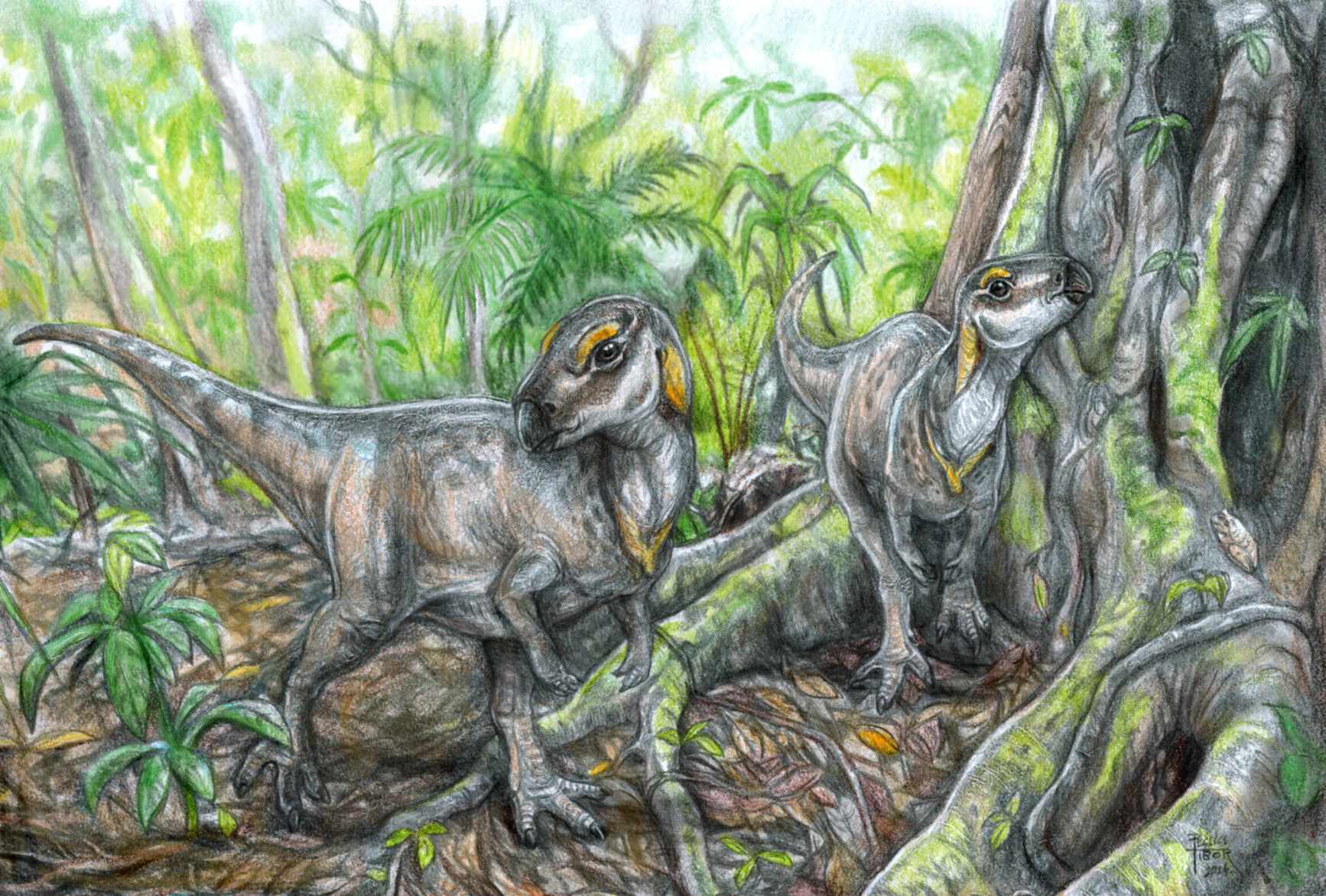
An international research team led by colleagues from the Department of Paleontology at ELTE has been performing excavations in Transylvania (Romania) since 2019. Their finds include several bones of vertebrate animals from the very end of the Cretaceous period, which are still being scientifically processed. The first results on the dinosaur remains were published recently in the journal Cretaceous Research.
The most commonly discovered dinosaur remains come from a relatively small, bipedal herbivore species belonging to the family Rhabdodontidae.
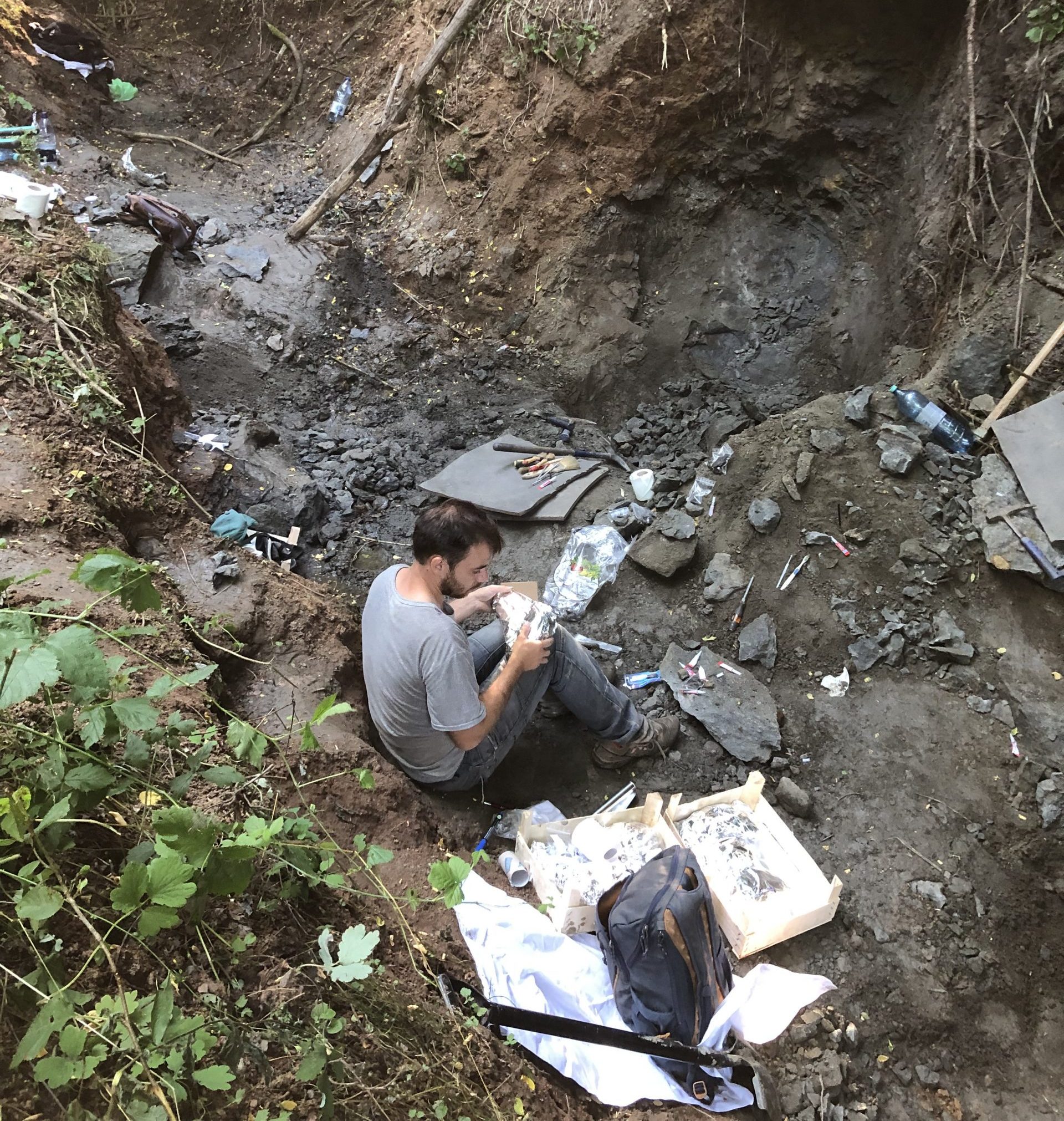
The grey-coloured rock layer contains the dinosaur fossils. (János Magyar, first author of the publication, is pictured.) Photo via ELTE Kommunikáció
“Although finds of closely related species of this dinosaur family are known from other continents, such as North America and Australia, the family Rhabdodontidae itself was endemic to the then European archipelago between 85 and 66 million years ago. This group of relatively small animals currently comprises nine species. Several of these have been described in the last 20 years, thanks to recent systematic excavations.
However, the partial skeletons we have now collected suggest that this dinosaur family may include additional unknown species and that the group may have been much more diverse than previously thought,”
said János Magyar, first author of the paper and PhD student at the Department of Paleontology, ELTE.
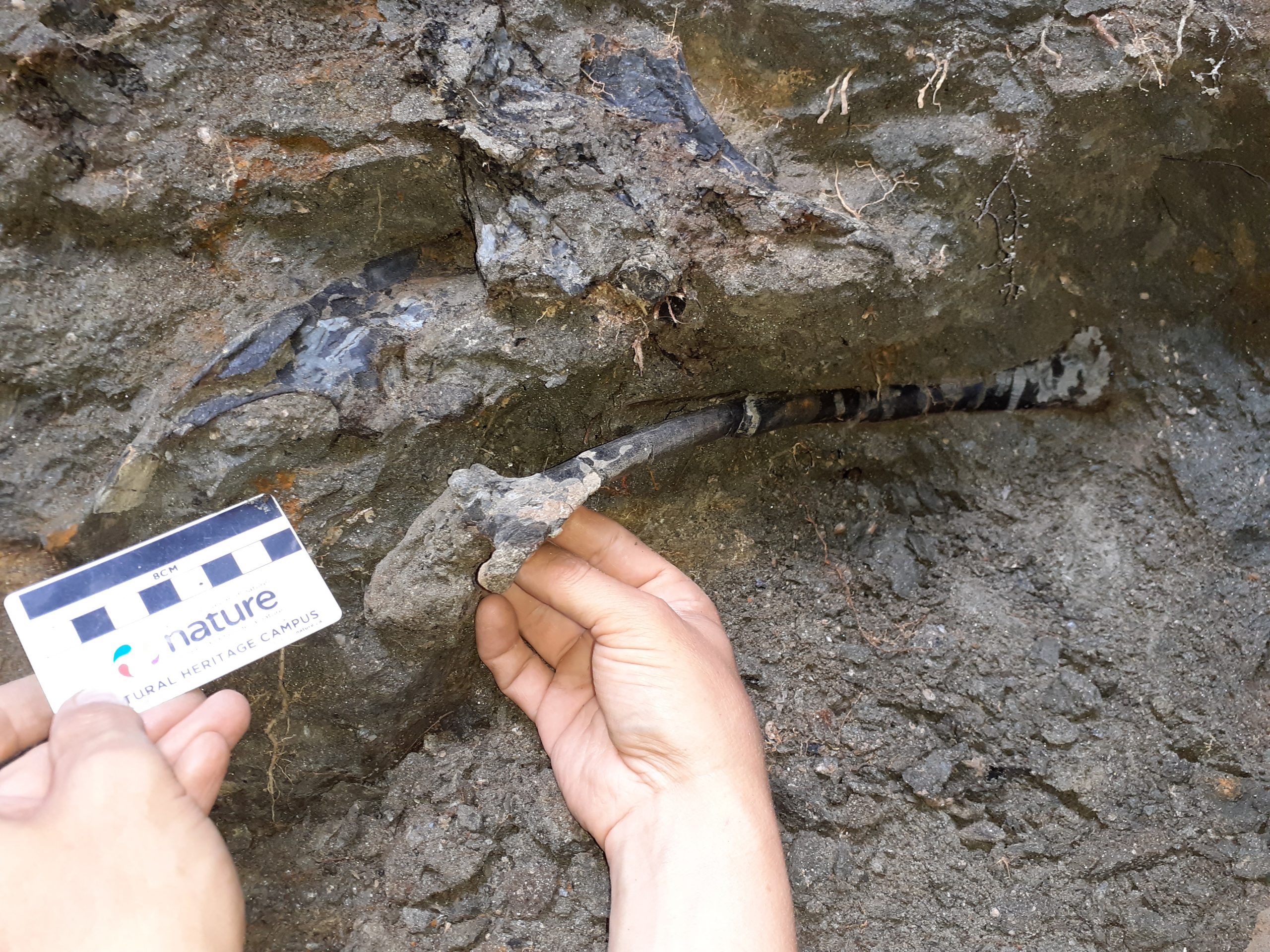
The site has yielded several bone fragments that belong to a small herbivorous dinosaur. Photo via ELTE Kommunikáció
For more than a century, the Țara Hațegului (Hátszegvidék) has been known for its rock layers containing the remains of dinosaurs from the Late Cretaceous period. The new excavations have not only uncovered new finds but have also contributed to the geological structure of the basin and the understanding of the dinosaurs’ former habitats.
“The site we have named K2, from which the new assemblage originates, is located in the westernmost part of Țara Hațegului, where the oldest (~71 million years old) terrestrial rock layers within the basin are found. However, these rocks differ not only in age from other dinosaur sites known from the region. The rocks containing bones suggest a wet, marshy, lake environment, while other sites in the basin are more representative of a floodplain community away from rivers,” summarized Gábor Botfalvai, head of the excavations.
The newly recovered remains are the most complete rhabdodontid skeletons from the region.
The bones are extremely well preserved, having suffered relatively little breakage and wear over millions of years. Furthermore, they contain bone elements that have not been previously known in any of the Rhabdodontidae dinosaurs.
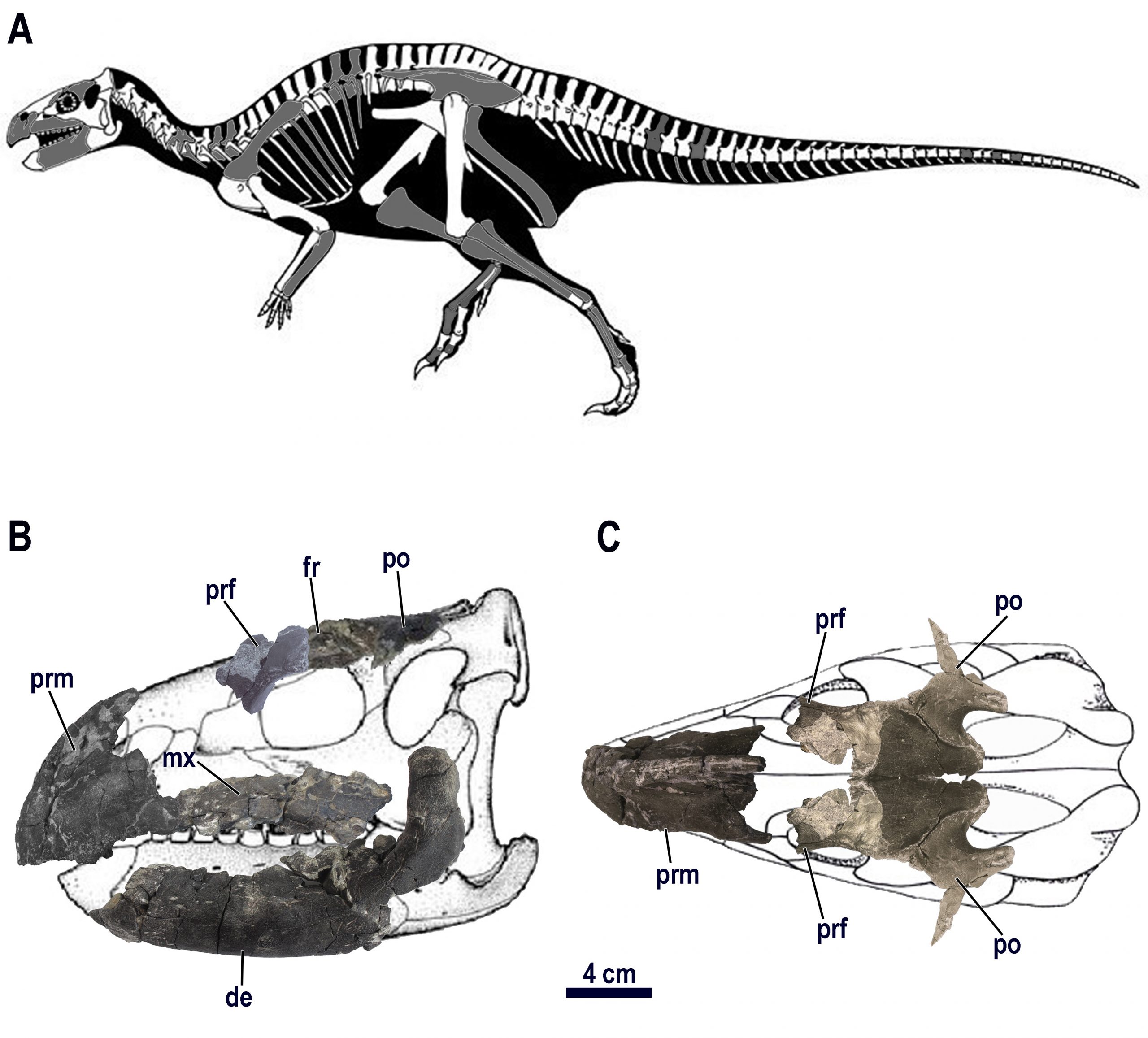
Reconstruction of the “K2 rhabdodontid” skeleton and skull. Photo via ELTE Kommunikáció
Dinosaur fossils from the Late Cretaceous period are much rarer in Europe than in Asia or North America, and the remains that have been recovered are mostly incomplete skeletons or separate bone elements. Thus, the complete skeletons of the rhabdodontid species are not known, making taxonomic research on the group considerably more difficult.
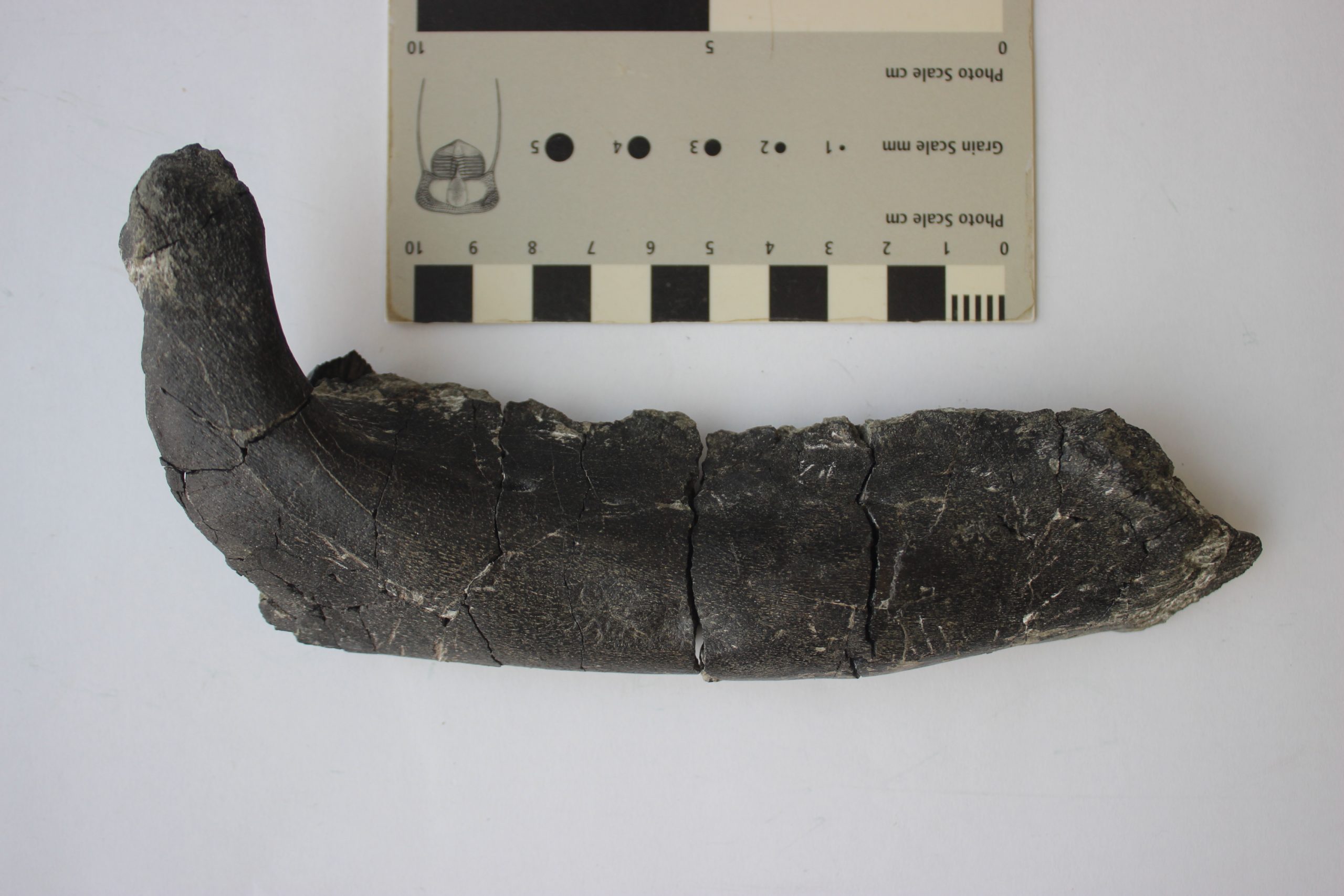
The lower jaw of one of the Rhabdodontidae dinosaurs from site K2. Photo via ELTE Kommunikáció
By comparing the artifact assemblage in the current publication with the remains found in previous collections, and by examining the finds recovered during further excavations, the researchers hope to gain a more accurate picture of the origin, relationships, and evolutionary history of one of Europe’s most distinctive and diverse dinosaur groups, the family Rhabdodontidae.
Featured photo via ELTE Kommunikáció